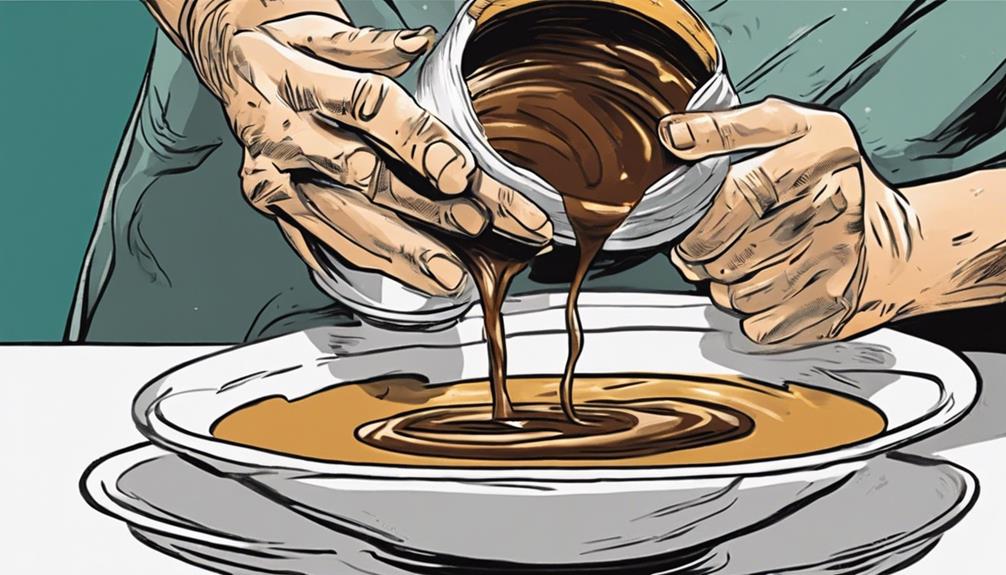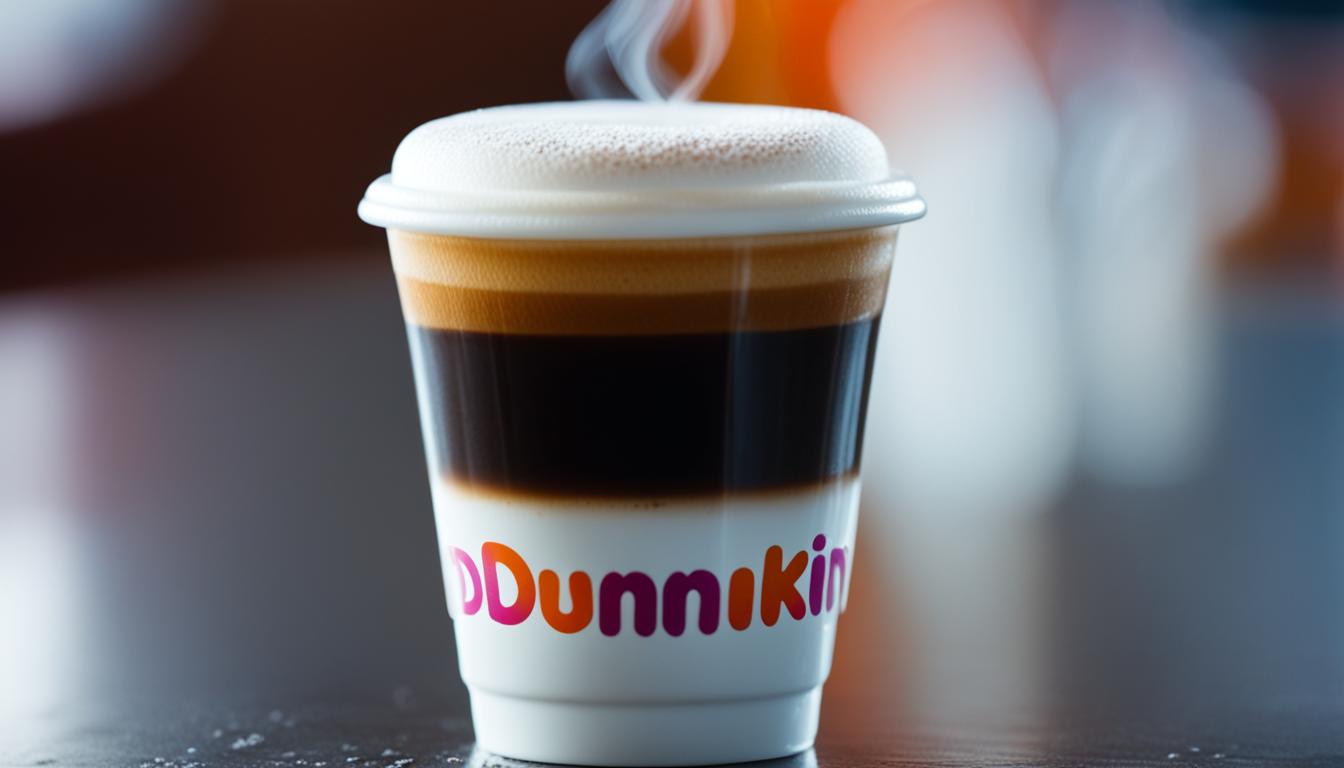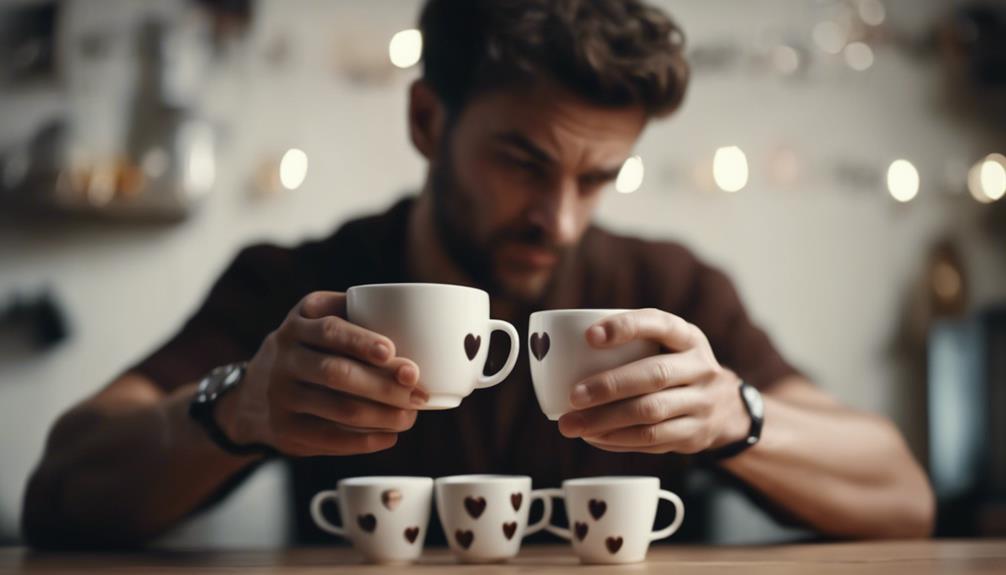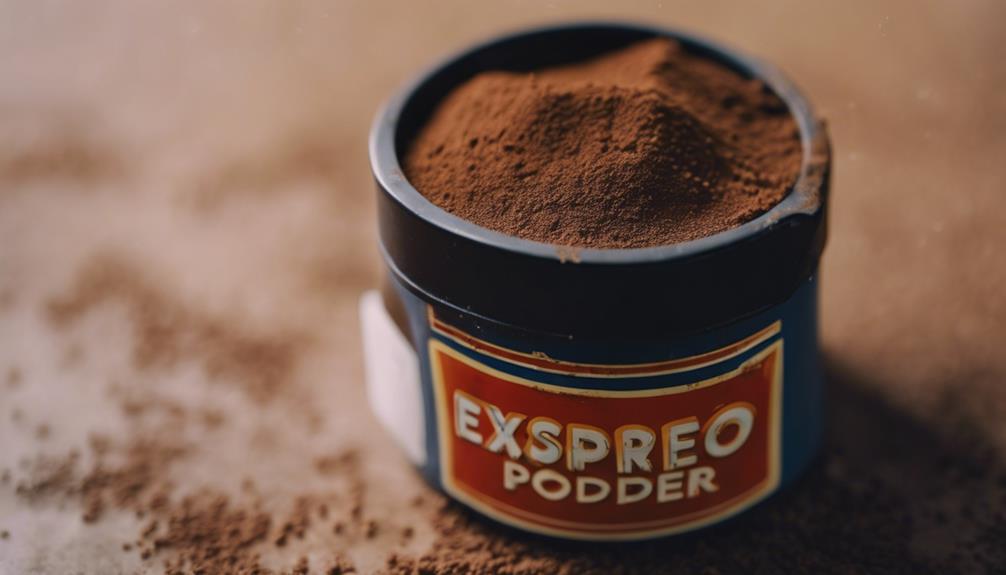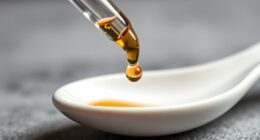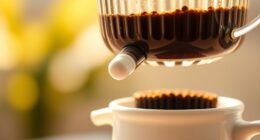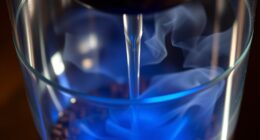In a single shot of espresso, you will receive around 63 milligrams of caffeine, despite the brew’s strong taste and thick crema. This is significantly higher than regular brewed coffee, which contains about 12-16 milligrams per ounce. What factors influence the caffeine levels? The type of coffee bean, roast level, brewing time, grind size, and brewing method all contribute. As you delve into the world of espresso, you will discover additional factors that can affect the caffeine content in your shot, and how you can adjust it to achieve the perfect balance of flavor and energizing boost.
Key Takeaways
- A single shot of espresso typically contains around 63 mg of caffeine.
- Espresso has a significantly higher caffeine concentration than brewed coffee, at 63 mg per ounce versus 12-16 mg per ounce.
- A double shot of espresso provides about 126 mg of caffeine, with some brands like Starbucks offering 75 mg per shot.
- The type of coffee bean, roast level, brewing time, grind size, and brewing method can affect the caffeine levels in espresso.
Understanding Espresso Basics
When you order a shot of espresso, you're fundamentally asking for a concentrated coffee brewed to perfection, involving a specific process that yields a unique flavor and caffeine kick.
This process requires a finely-ground coffee, similar to table salt, to allow for efficient water penetration and caffeine transfer during brewing. The ideal brewing temperature for espresso extraction is between 190°F to 205°F, and the extraction time should be 25 to 30 seconds for best flavor and caffeine content.
In a single shot of espresso, you're getting a concentrated amount of caffeine – approximately 63 mg – which is more than what you'd find in a typical 8-ounce cup of brewed coffee.
The presence of crema, a golden foam on top of a well-pulled shot, indicates a properly brewed espresso with good flavor and caffeine extraction.
Understanding these basics is key to appreciating the art of espresso brewing and the unique experience it provides.
Caffeine Content Comparison
You're likely curious about how the caffeine content of espresso compares to that of brewed coffee, and the numbers might surprise you.
A single shot of espresso, which is just 1 ounce, packs around 63 mg of caffeine. In contrast, an 8-ounce cup of brewed coffee typically contains between 95 mg to 128 mg of caffeine.
However, when you look at caffeine concentration, espresso wins hands down with 63 mg per ounce, whereas brewed coffee averages 12-16 mg per ounce.
If you opt for a double shot of espresso, you'll get around 126 mg of caffeine, which can exceed the amount found in an 8-ounce cup of brewed coffee.
Notably, Starbucks' single shot of espresso contains 75 mg of caffeine, while their Pike Place brewed coffee can have up to 155 mg in an 8-ounce serving.
The amount of coffee used and brewing methods can impact caffeine levels, but overall, espresso provides a more concentrated dose of caffeine per serving.
Factors Affecting Caffeine Levels

Several factors contribute to the varying levels of caffeine in your espresso, including the type of coffee bean used, the roast level, brewing time, coffee grind size, and brewing method.
When it comes to coffee beans, you'll find that robusta beans pack a punch with roughly twice as much caffeine as arabica beans. The roast level also plays a role, with lighter roasts retaining slightly more caffeine than darker roasts.
Here are three key factors that impact your espresso's caffeine content:
- Brewing time: Longer extraction times can lead to increased caffeine release, but be careful not to overdo it – the ideal extraction time for espresso is between 20-30 seconds.
- Grind size: A finer grind allows for quicker extraction, enhancing caffeine transfer compared to coarser grinds.
- Brewing method: Espresso has a much higher caffeine concentration than regular brewed coffee, with about 63 mg of caffeine per ounce compared to 12-16 mg per ounce.
Espresso Preparation Insights
In preparing the perfect shot of espresso, it's essential to get the brewing process just right, as the nuances of temperature, pressure, and grind size can greatly impact the flavor and caffeine content of your final product.
To brew the best espresso, you'll want to use a ratio of 1:2 coffee to water, which allows for peak extraction. The ideal brewing temperature is between 190°F to 205°F, with an extraction time of 25 to 30 seconds. This guarantees the perfect balance of flavor and caffeine.
A standard single shot of espresso (1 ounce) will give you about 63 mg of caffeine, while a double shot (2 ounces) provides about 126 mg.
To maximize caffeine extraction, you'll need to use a fine grind size, similar to table salt, to increase the surface area for water penetration.
A well-pulled shot should have a rich crema on top, indicating proper extraction and flavor profile.
Health Benefits and Nutrition

As you savor the perfect shot of espresso, you're not only treating your taste buds but also reaping its numerous health benefits and nutritional value. You're getting more than just a caffeine kick; you're also consuming antioxidants, B vitamins, and potassium, which contribute to your overall well-being.
Here are just a few of the benefits you can expect from moderate espresso consumption:
- Improved cognitive function: Caffeine in espresso can enhance your mental performance, making you more alert and focused.
- Enhanced physical performance: Caffeine can increase adrenaline levels, making it beneficial for athletes and individuals who engage in regular physical activity.
- Reduced risk of chronic diseases: Antioxidants in espresso may help reduce inflammation and lower the risk of certain chronic diseases, including Parkinson's and Alzheimer's.
Frequently Asked Questions
Is 2 Shots of Espresso a Lot of Caffeine?
You're wondering if 2 shots of espresso are a lot of caffeine? Well, with 126mg per double shot, it's a substantial amount, but within the FDA's safe limit – how you react depends on your individual sensitivity to caffeine.
How Much Caffeine Is in a Shot of Espresso Vs Coffee?
When you crave a morning pick-me-up, you wonder: how much caffeine is in a shot of espresso vs coffee? Well, you'll get around 63mg in a shot of espresso, while an 8-ounce cup of brewed coffee packs about 95mg.
Is 1 Shot of Espresso Equal to 1 Cup of Coffee?
You might think one shot of espresso is equal to one cup of coffee, but it's not that simple. In reality, a single shot of espresso contains much less caffeine than a standard cup of coffee.
Is 20 Shots of Espresso Too Much?
"You're about to fuel up like a World War II fighter pilot on a mission, but 20 shots of espresso are too much, trust us, you'll be buzzing like a live wire, and not in a good way, dude!"
What is the actual amount of caffeine in espresso, and how does it compare to other coffee drinks?
Espresso has the highest caffeine content in coffee drinks, with an average of 63 milligrams per shot. This is compared to a 12-ounce brewed coffee which has about 120 milligrams. Caffeine content in espresso facts shows that it contains more caffeine per ounce, making it a popular choice for a quick energy boost.
Conclusion
You've made it to the end of this caffeine-packed journey!
Now, you might be thinking, 'Wait, I thought espresso was always going to be a caffeine bomb?' And you're right, it usually is.
But, as we've seen, the amount of caffeine in your espresso can vary greatly depending on several factors.
So, the next time you order a shot, don't just assume it'll be a caffeine overload – consider the beans, roast, and brewing method to get the perfect buzz for you.

